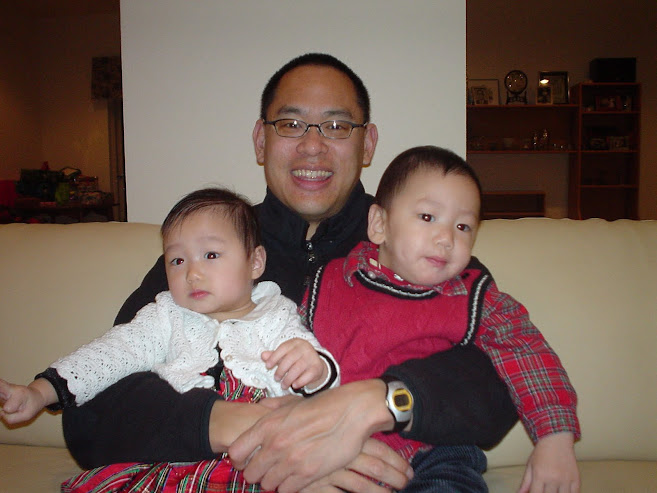When the original GCTA paper (Common SNPs explain a large proportion of the heritability for human height) appeared in Nature Genetics it stimulated quite a lot of attention. But I was always uncertain of the theoretical justification for the technique -- what are the necessary conditions for it to work? What are conservative error estimates for the derived heritability? My impression, from talking to some of the authors, is that they had a mainly empirical view of these questions. The paper below elaborates significantly on the theory behind GCTA.
Conditions for the validity of SNP-based heritability estimation
James J Lee, Carson C Chow
doi: 10.1101/003160
ABSTRACT
The heritability of a trait ($h^2$) is the proportion of its population variance caused by genetic differences, and estimates of this parameter are important for interpreting the results of genome-wide association studies (GWAS). In recent years, researchers have adopted a novel method for estimating a lower bound on heritability directly from GWAS data that uses realized genetic similarities between nominally unrelated individuals. The quantity estimated by this method is purported to be the contribution to heritability that could in principle be recovered from association studies employing the given panel of SNPs ($h^2_\textrm{SNP}$). Thus far the validity of this approach has mostly been tested empirically. Here, we provide a mathematical explication and show that the method should remain a robust means of obtaining $h^2_\textrm{SNP}$ under circumstances wider than those under which it has so far been derived.

.JPG)
.JPG)

.JPG)

